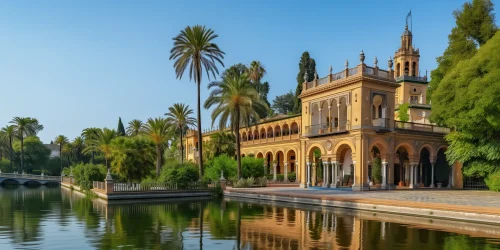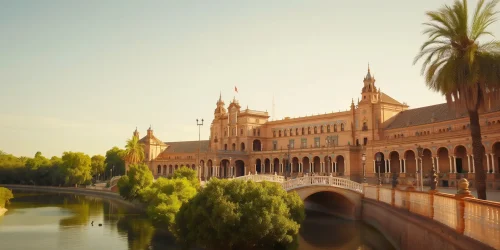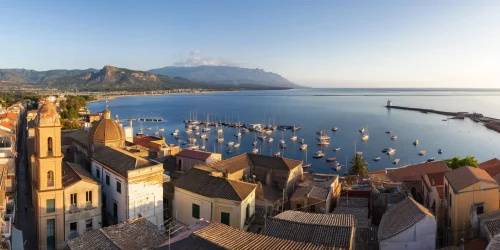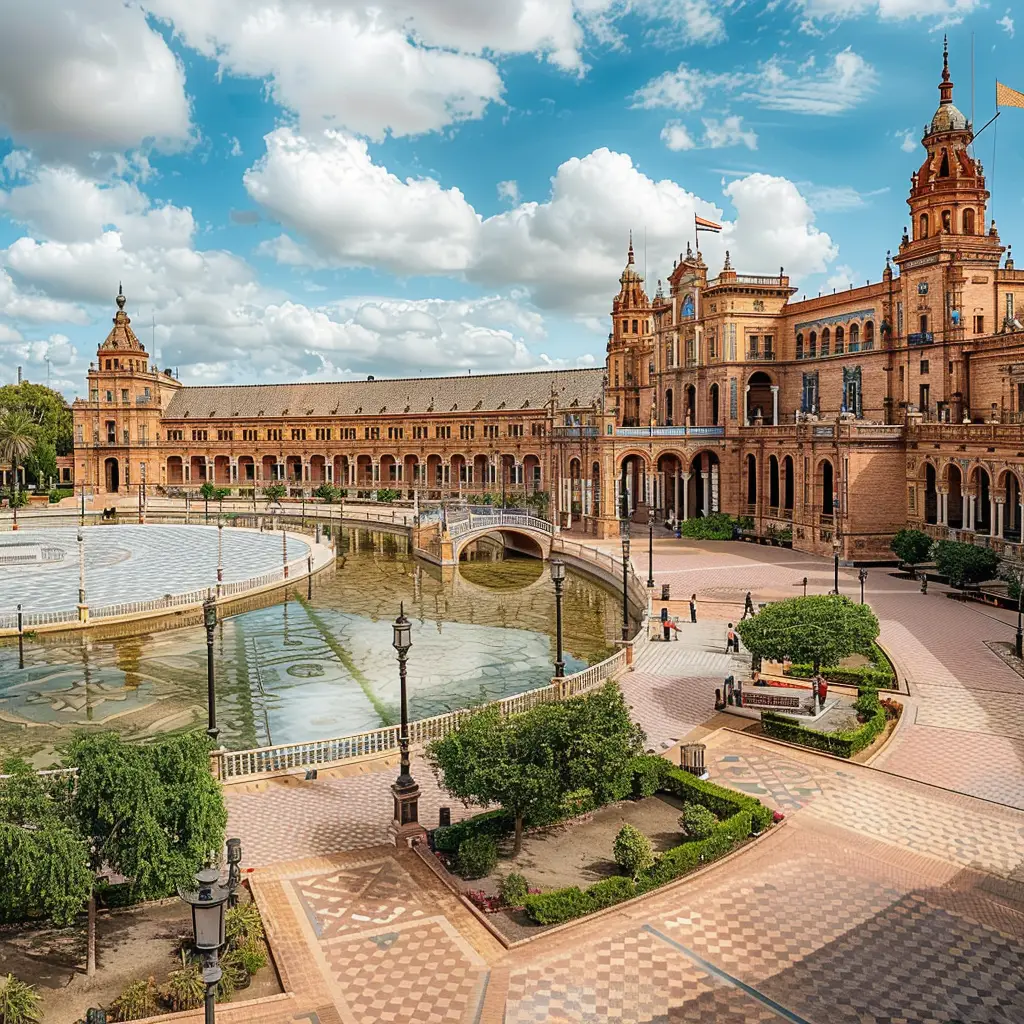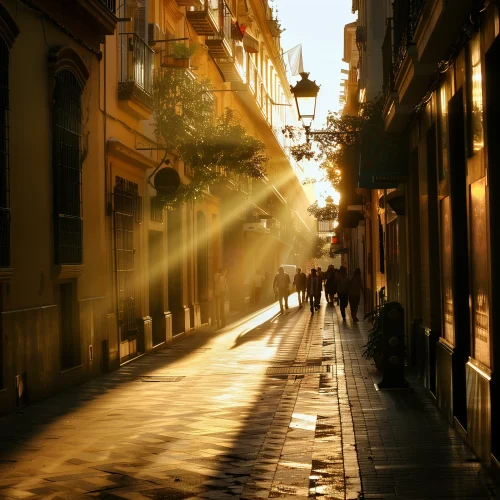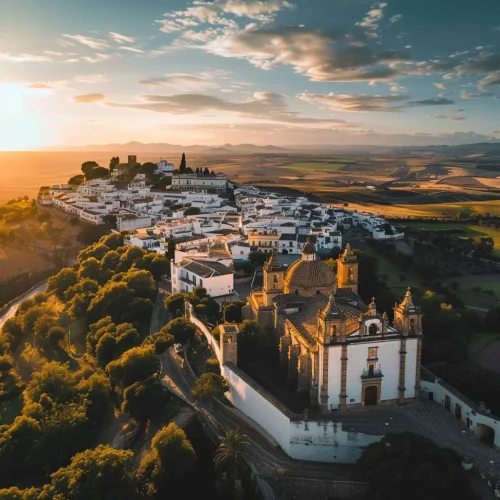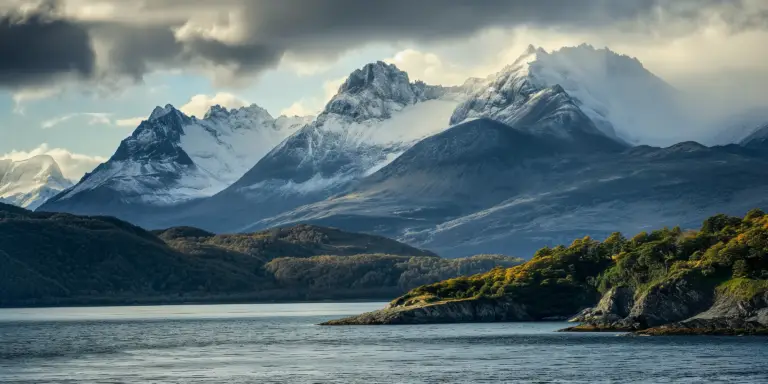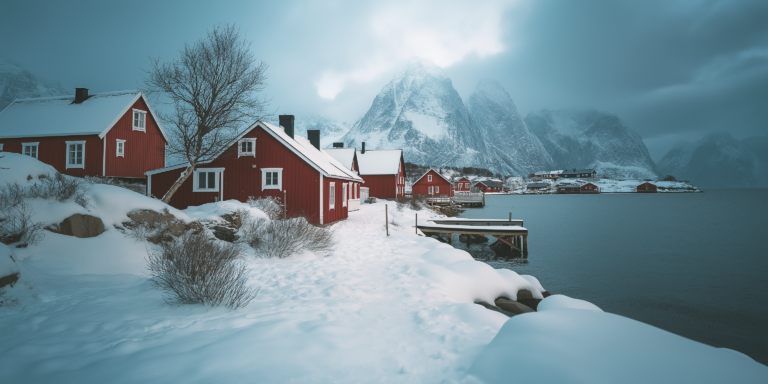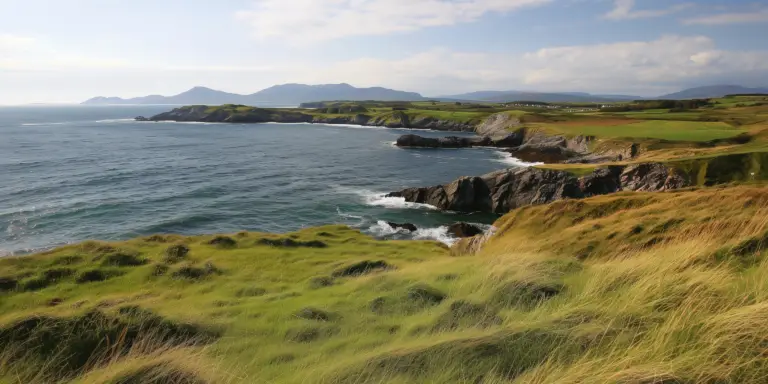Seville, the capital of the Andalusia region in southern Spain, is a city rich in history, culture, and vibrant life. Known for its charming streets, historic architecture, and the birthplace of flamenco, Seville offers a deeply immersive experience into Spanish culture and heritage.
Historical and Architectural Highlights:
- Seville Cathedral: This is the largest Gothic cathedral in the world and is a UNESCO World Heritage site. It was completed in the 16th century and is renowned for its breathtaking size and architecture. The cathedral also houses the tomb of Christopher Columbus.
- The Giralda: Attached to the cathedral, this bell tower was originally built as a minaret during the Moorish period, before being transformed into a bell tower by the Christians. Climbing the Giralda offers panoramic views of the city.
- Real Alcázar: Another UNESCO World Heritage site, the Alcázar of Seville is a royal palace originally developed by Moorish Muslim kings. It is one of the most outstanding examples of Mudéjar architecture found on the Iberian Peninsula.
- Plaza de España: Built for the Ibero-American Exposition of 1929, this landmark is famed for its semi-circular brick building, Renaissance/Neo-Moorish in style, fronted by a canal crossed by several bridges.
Cultural Experiences:
- Flamenco: Seville is considered one of the historical hearts of flamenco dancing. Numerous bars and tablaos (flamenco venues) offer live flamenco shows that capture the spirit and passion of this traditional dance.
- Tapas: The city is reputed for its vibrant tapas scene. Traditional tapas bars and modern gastropubs offer a wide variety of local and regional specialties, such as jamón ibérico (Iberian ham), gazpacho, and patatas bravas.
Festivals:
Feria de Abril : This is Seville’s most colorful and lively festival, taking place two weeks after Easter Holy Week. The fairgrounds are filled with casetas (individual decorated marquee tents which are temporarily built on the fairground), where people dance, drink, and socialize.Semana Santa : Holy Week is another spectacular and deeply emotional festival here. It features processions of pasos (religious floats) that are carried through the streets by costaleros (bearers) as part of the Easter celebration.
Modern Seville: While deeply rooted in history, Seville is also a vibrant modern city. It boasts a thriving arts scene, numerous shopping areas, lush parks, and gardens, and a dynamic nightlife. The Metropol Parasol, known locally as Las Setas (The Mushrooms), is a striking piece of modern architecture in La Encarnación square, providing a fascinating contrast to the city’s historical sites.
Green Spaces:
- Parque de María Luisa: Seville’s main public park and a principal green area, it is filled with beautiful sculptures, fountains, and pavilions, and is ideal for a leisurely walk or a picnic.
Seville’s mix of cultural richness, historical depth, and modern vitality make it an alluring city for any traveler, offering a comprehensive experience of Spanish life and history. Whether you are wandering through its ancient streets, marveling at its architectural wonders, or enjoying the local cuisine and flamenco, Seville leaves a lasting impression with its warmth and vibrant spirit.
